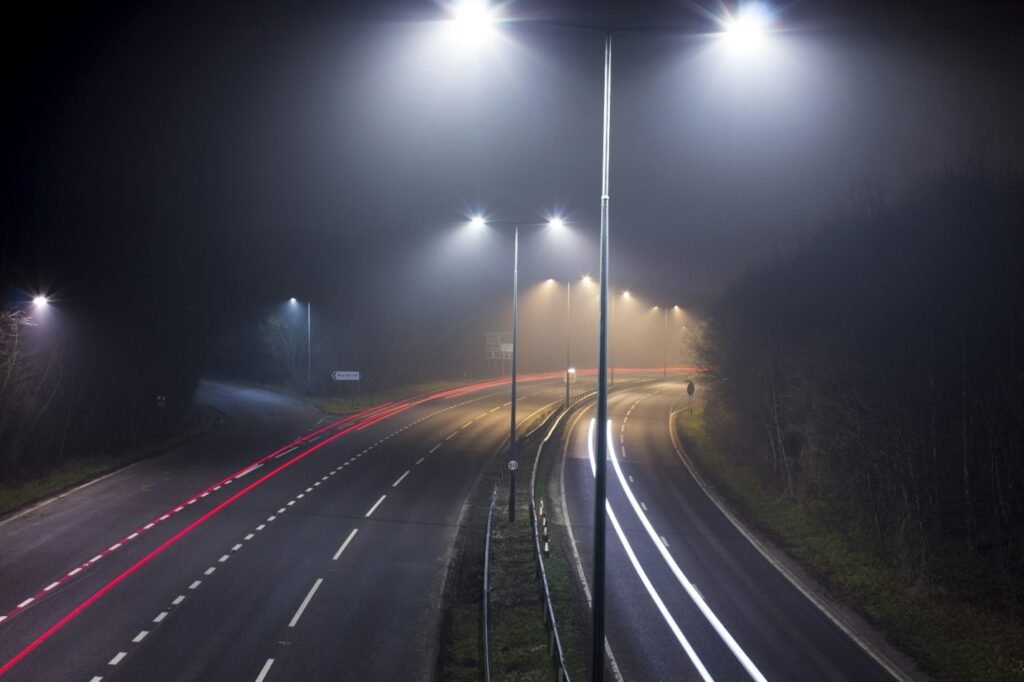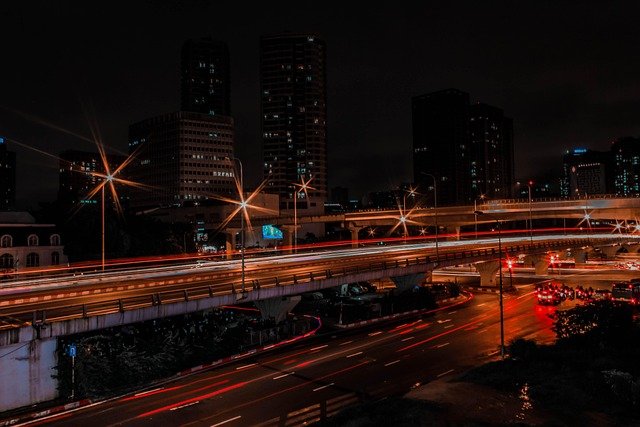Introduction
After the light controller is installed in the lamp, flicker and abnormal noise may be caused by a variety of factors, which affect the sensing and control capabilities of the light controller. Voltage fluctuations, light controller failure, electrical wiring problems, environmental interference, and quality problems of the lamp itself may cause the lamp to behave abnormally after using the light controller. The following will discuss these potential problems in detail to help you understand and solve the troubles of flicker and abnormal noise.

The reasons for flicker and abnormal noise after the light controller is installed in the lamp may include the following:
1. Unstable voltage
Sensor design and operating range:
- The photosensor (such as photodiode) inside the light controller is usually designed to operate within a specific operating voltage range. This range usually corresponds to the nominal voltage of the power grid, such as 110V or 220V.
- When the voltage deviates from this set range, the sensor may be affected, and its sensitivity and accuracy in sensing light conditions may be affected.
Voltage fluctuations or changes may affect the normal operation of the photocontroller. Unstable voltage may cause the photocontroller to be unable to accurately sense ambient light conditions, causing the lamp to frequently switch on and off or flicker.

Solution: Ensure that the voltage is stable and consider using a voltage stabilizer or other voltage regulation device if necessary.
2. Photocontroller failure
The photocontroller itself may be faulty or damaged, such as damaged circuit components or design defects. This may cause the photocontroller to fail to correctly sense light or control the lamp.
Solution: Replace the new photocontroller device in time.
3. Electrical wiring problems
Incorrect or loose electrical connections can cause unstable current, which can affect the normal operation of the photocontroller. This may cause the lamp to frequently flicker or produce abnormal sounds.

Solution: Check and reconnect the electrical wiring to ensure that all connections are firm and correct.
4. Environmental interference
Electromagnetic interference or other interference sources in the surrounding environment may affect the sensing and control functions of the photocontroller. These interferences may cause the light controller to misjudge the light conditions or cause it to work abnormally.
5. Lighting quality problems
Lighting quality problems such as aging, circuit damage or poor design may cause it to flicker or make abnormal noises after the light controller is installed.
Solution: Replace or repair the lighting fixture to ensure that it meets technical specifications and safety standards.
6. Dry cell voltage fluctuations
During the use of battery-powered lighting fixtures, the battery voltage may fluctuate with the battery discharge state, especially when the battery is about to run out, the voltage fluctuation may be more significant.
Solution: Test and replace the battery in time to ensure the stability of the voltage.
Conclusion:
In summary, the key to solving flicker and abnormal noise problems lies in systematic inspection and maintenance to ensure that all components and equipment work in the correct operating environment to provide stable, safe and efficient lighting effects.







